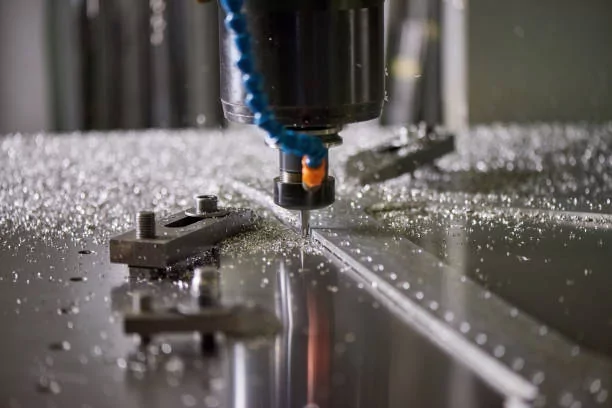When it comes to 5 axis milling, optimizing toolpath strategies is crucial for achieving efficient and precise machining. In this article, we will delve into the various techniques and considerations involved in optimizing toolpath strategies for effective 5 axis milling operations.

The Importance of Optimizing Toolpath Strategies
Optimizing toolpath strategies in 5 axis milling plays a significant role in enhancing productivity, reducing cycle times, and improving surface finish quality. By carefully planning the toolpath, manufacturers can minimize tool wear, maximize cutting efficiency, and ultimately, deliver high-quality machined parts.
Key Considerations for Optimizing Toolpath Strategies
There are several key considerations to take into account when optimizing toolpath strategies for 5 axis milling. One of the primary factors is the selection of cutting tools and their appropriate speeds and feeds. Different tool geometries and materials require specific cutting parameters to achieve optimal results. Additionally, the choice of toolpath pattern, such as spiral, zig-zag, or parallel, can significantly impact machining efficiency and tool life.
Advanced Toolpath Optimization Techniques
Advancements in CAD/CAM software have enabled the implementation of advanced toolpath optimization techniques for 5 axis milling. High-speed machining (HSM) strategies, adaptive clearing, and trochoidal milling are some of the innovative approaches that aim to maintain consistent cutting forces, minimize vibrations, and maximize material removal rates. These techniques not only improve machining performance but also extend the lifespan of cutting tools.
Utilizing Simulation for Toolpath Validation
Before executing the optimized toolpath strategies on the actual machining center, it is essential to validate the toolpath through simulation. This step allows manufacturers to identify any potential collisions, gouges, or inefficient motions that may compromise the machining process. By utilizing simulation software, operators can visualize the toolpath in a virtual environment and make necessary adjustments to ensure safe and efficient machining operations.
In conclusion, optimizing toolpath strategies for effective 5 axis milling operations is a multifaceted process that requires careful planning, advanced techniques, and thorough validation. By leveraging the latest advancements in CAD/CAM software and machining technologies, manufacturers can achieve higher productivity, superior surface finish, and overall cost savings.








